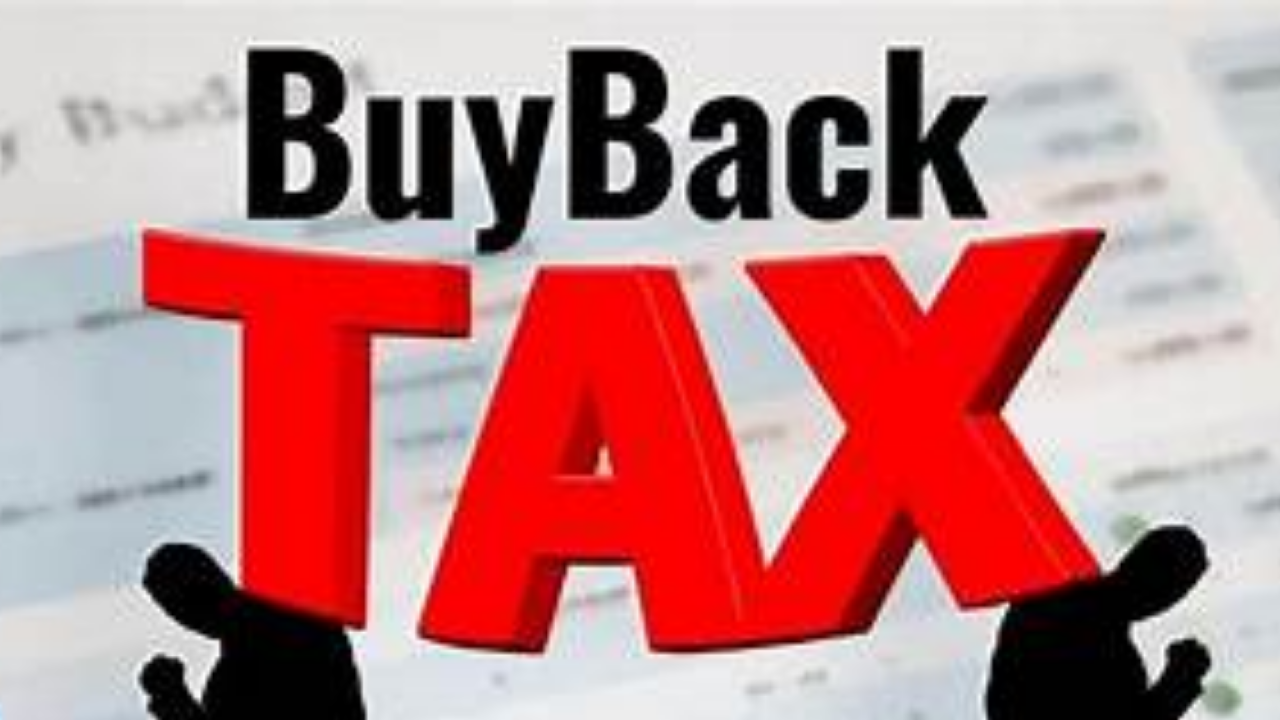A recent tax law change is making share buybacks more expensive for investors. Effective October 1, 2024, the tax on share buybacks, previously paid by the company, will now be the responsibility of the shareholder.
Key Changes and Their Impact
- Tax Liability Shift: Under the new rule, the entire amount you receive from a buyback is treated as a “deemed dividend” and is taxed at your personal income tax slab rate. For those in the highest brackets, this could mean a tax rate of up to 35.88%, a significant increase from the roughly 23% companies used to pay.
- No Cost Deduction: A major disadvantage is that you cannot subtract the original purchase price of your shares from the buyback proceeds to reduce your taxable income. This makes the tax burden even heavier.
- Capital Loss: While you can’t use the purchase price to reduce your immediate tax bill, you can treat it as a capital loss. This loss can be used to offset other capital gains you may have, or it can be carried forward for up to eight years to reduce future capital gains taxes.
Strategies to Reduce Your Tax Hit
Since you can’t directly lower the tax on the buyback proceeds, your best course of action is to leverage the capital loss:
- Offsetting Gains: Use the capital loss from the buyback to offset any capital gains you realize in the same financial year from other investments, such as stocks or mutual funds.
- Carrying Forward Losses: If your capital loss exceeds your capital gains for the year, you can carry forward the remaining loss for up to eight years to offset future capital gains.
In summary, the new tax regime makes buybacks less attractive for high-income investors. While the tax on the buyback proceeds is unavoidable, managing the resulting capital loss is the key to minimizing your overall tax burden.
